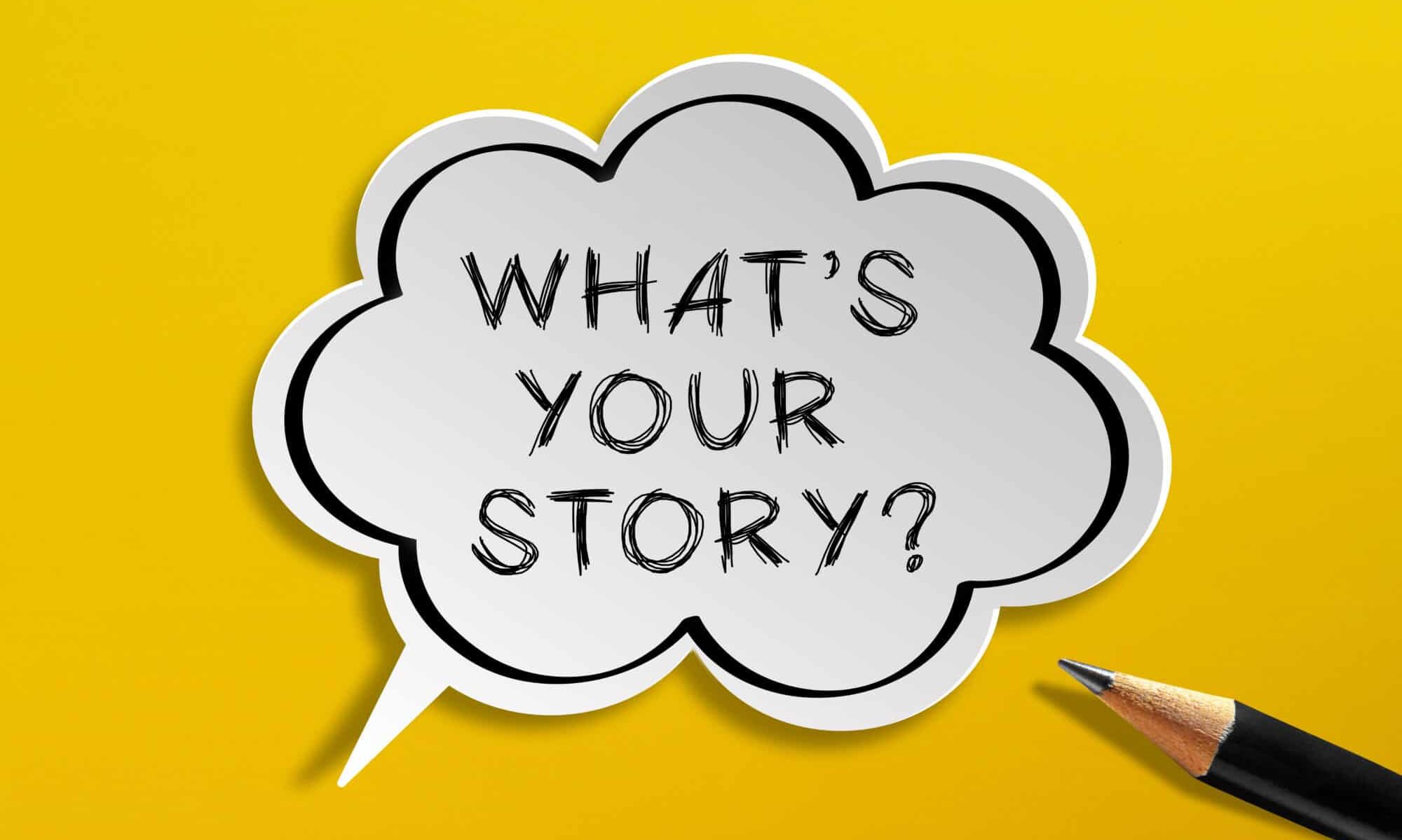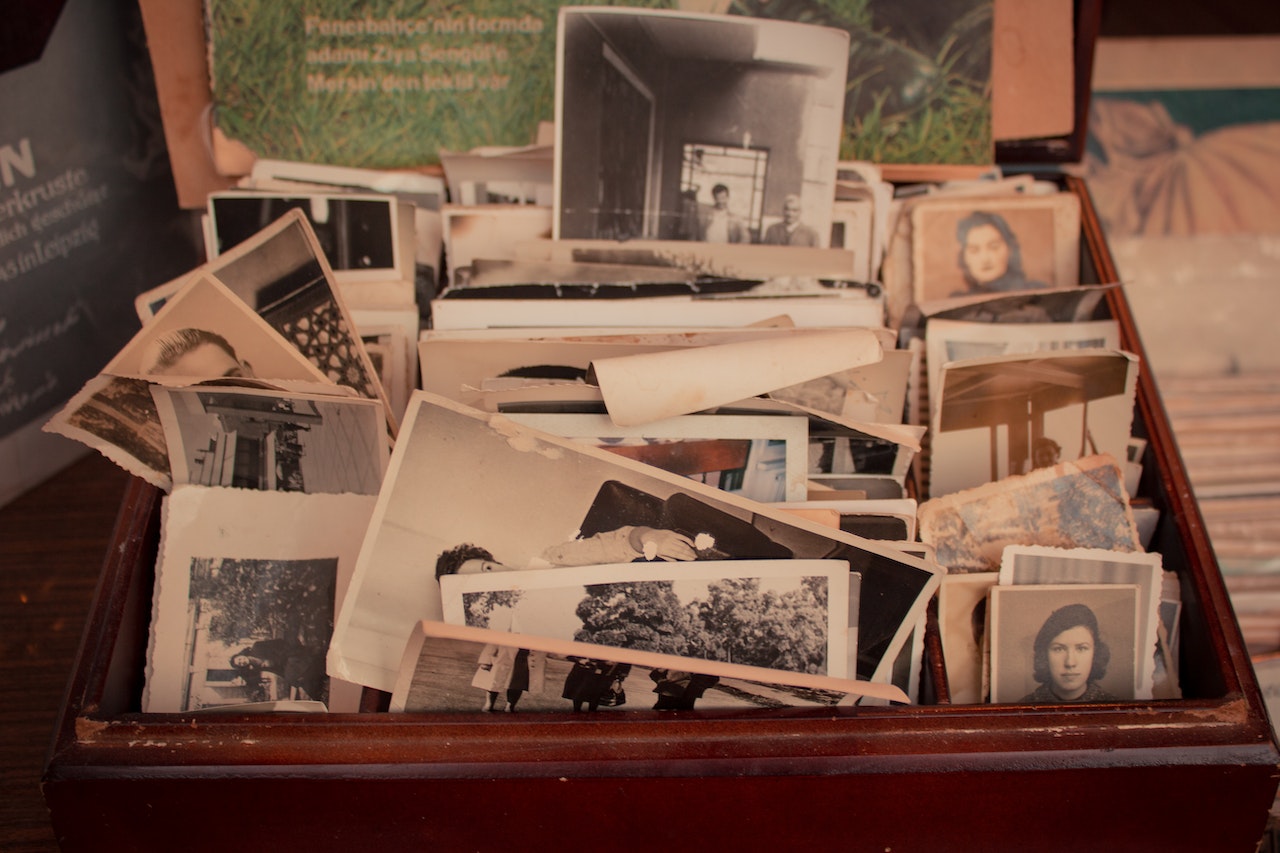This post is a quick, practical guide to turning shoebox prints into film-ready B-roll. You’ll learn phone-scanning basics (indirect daylight, 2× lens, glass to keep photos flat, AE/AF lock, tripod), how to dry-clean and lightly retouch dust/scratches while preserving an untouched master, and how to name files with scalable conventions and embed simple metadata. It covers the 3-2-1 backup rule for safe storage, then shows how to craft elegant 4K B-roll with gentle Ken Burns moves, subtle parallax, clean lower-thirds, and a soft sound bed. The result: a repeatable workflow that preserves family history and looks great on screen.
TL;DR
Scan in soft daylight with a tele (2×) lens, photos flat under clean glass, AE/AF lock, and a tripod. Clean gently, fix dust with simple healing tools, name files so future-you can find them, and back up with the 3-2-1 rule. Then add subtle moves (Ken Burns) for cinematic B-roll.
10-Minute Phone Setup (so your scans look like scans, not snapshots)
- Light: Bright, indirect daylight near a window. Turn off overheads to kill glare.
- Flat & square: Lay the photo on matte black paper; cover with clean picture glass or acrylic to uncurl corners.
- Lens & alignment: Use the tele/2× lens, hold phone perfectly parallel; turn on grid.
- Focus/exposure: Tap, then hold to AE/AF lock; nudge exposure ±0.3 so whites aren’t blown.
- Stability: Tripod/copy stand + remote/volume shutter (no shake).
- Settings: Highest resolution, disable “Live Photo”/beauty filters; shoot 4:3.
- Glare helper (optional): Clip-on CPL filter; rotate until reflections vanish.
Tip: Scan the back too—handwritten notes are gold. Also snap the whole album page once for context.
Clean First, Then Scan
- Dry clean only: Rocket blower → anti-static brush → microfiber.
- No liquids/chemicals on prints. For stubborn smudges, stop and consult a conservator.
- Gently flatten: Between clean paper sheets under a book for a day (no heat).
Fast Scratch & Dust Fixes (phone & desktop)
- On phone:
- Snapseed → Healing, Lightroom Mobile → Healing/Clone, tone curve for gentle contrast.
- On desktop:
- Photoshop: Spot Healing/Clone; Filter → Dust & Scratches (low radius), then mask.
- Affinity/Pixelmator: Inpainting/Repair brushes.
- Color cast: Click-balance on a neutral (white border/gray card).
- Keep a master: Save a clean, unedited “raw scan” (TIFF/PNG) before edits; export JPEG for sharing.
Naming That Scales (and survives future you)
File name template: YYYYMMDD_Location_People_Event_seqXX.ext
Example: 1967-12-24_Vancouver_Sergey-Anna_Christmas_01.tif
- Unknown date? Use YYYY-00-00 or just year: 1960-00-00_…
- Add versions: _master (TIFF), _edit (PSD), _share (JPG).
- Embed metadata once: captions, places, and people in IPTC (Lightroom, Photos, or ExifTool).
Folders that stay tidy:
/Photos_Archive/1950s/1957/1957-07_Family_Reunion/
Safe Storage (3-2-1 rule)
- 3 copies: master scan + edit + cloud.
- 2 different media: internal/external drive and cloud (Drive/Dropbox/iCloud/Backblaze).
- 1 off-site: a second cloud or a drive at a trusted relative’s place.
- Verify yearly (spot-check files); keep a simple inventory (CSV/Sheet).
Turn Scans into Beautiful B-roll
- Edit at 4K: Place scans on a 4K timeline; you can push gentle moves without losing sharpness.
- Ken Burns moves: Slow 5–12s pan/zoom (no whip-pans). Start on faces, end on hands/objects.
- Layer for depth: Duplicate the photo, cut out the subject, add 2–5 px parallax for a subtle 2.5D look.
- Sound bed: Room tone, a soft vinyl crackle, or a fitting ambiance (harbor, café, birds) at –24 to –18 LUFS.
- Lower-thirds: Name, year (approx. if needed), location. Keep type clean and quiet.
A Simple Workflow You Can Repeat
- Sort & clean → 2) Scan fronts + backs → 3) Rename & metadata →
- Master save (TIFF/PNG) → 5) Light retouch (heal, WB) → 6) Back up (3-2-1) →
- B-roll edits (Ken Burns, parallax, audio) → 8) Export: 4K ProRes/H.264 + a social cut.
Want print-ready quality, not just quick scans?
TLC can handle the heavy lifting: we’ll prep, scan, and gently retouch your photos so they’re perfect for both video B-roll and a printed photobook.
Our print-grade workflow includes:
- High-res capture (typically 600–1200 dpi, depending on the original) with careful color management
- Dust/scratch repair and subtle restoration that keeps the photo’s character
- Two deliverables sets:
- Master 16-bit TIFFs for archiving & photobook printing (300 dpi at final size, with bleed if needed)
- Optimized JPEG/PNG crops for 4K/5K video B-roll (Ken Burns-friendly)
- Captions & metadata embedded for easy search later
- Safe storage following the 3-2-1 backup rule
Tell us whether you’re planning a film, photobook, or slideshow—we’ll prep the files once so you can reuse them everywhere.
Need help turning a shoebox into a finished, captioned B-roll reel for a family story? TLC can set up a quick scanning station, deliver master archives, and cut a film-ready sequence—with dignity and context intact.

